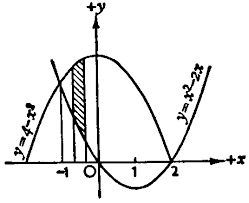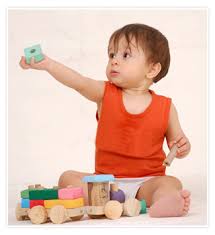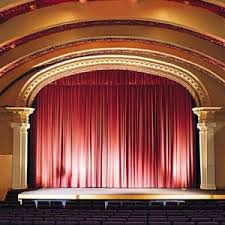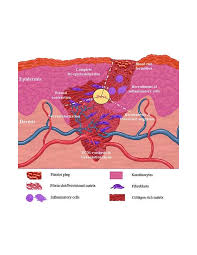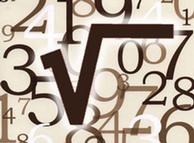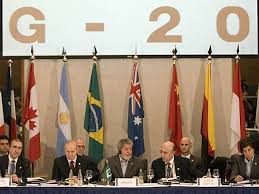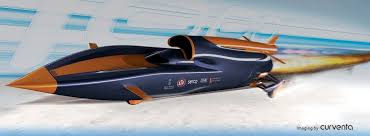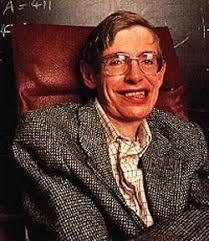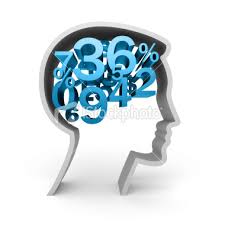 ScienceDaily (Dec. 25, 2009) — A team of researchers has shown that some mathematical algorithms provide clues about the artistic style of a painting. The composition of colours or certain aesthetic measurements can already be quantified by a computer, but machines are still far from being able to interpret art in the way that people do.
ScienceDaily (Dec. 25, 2009) — A team of researchers has shown that some mathematical algorithms provide clues about the artistic style of a painting. The composition of colours or certain aesthetic measurements can already be quantified by a computer, but machines are still far from being able to interpret art in the way that people do.
How does one place an artwork in a particular artistic period?
The researchers have shown that certain artificial vision algorithms mean a computer can be programmed to "understand" an image and differentiate between artistic styles based on low-level pictorial information. Human classification strategies, however, include medium and high-level concepts.

